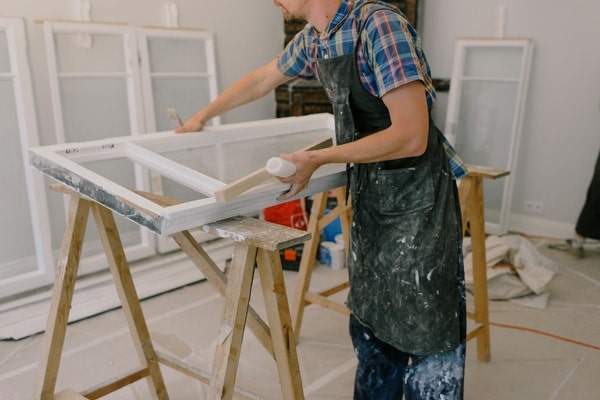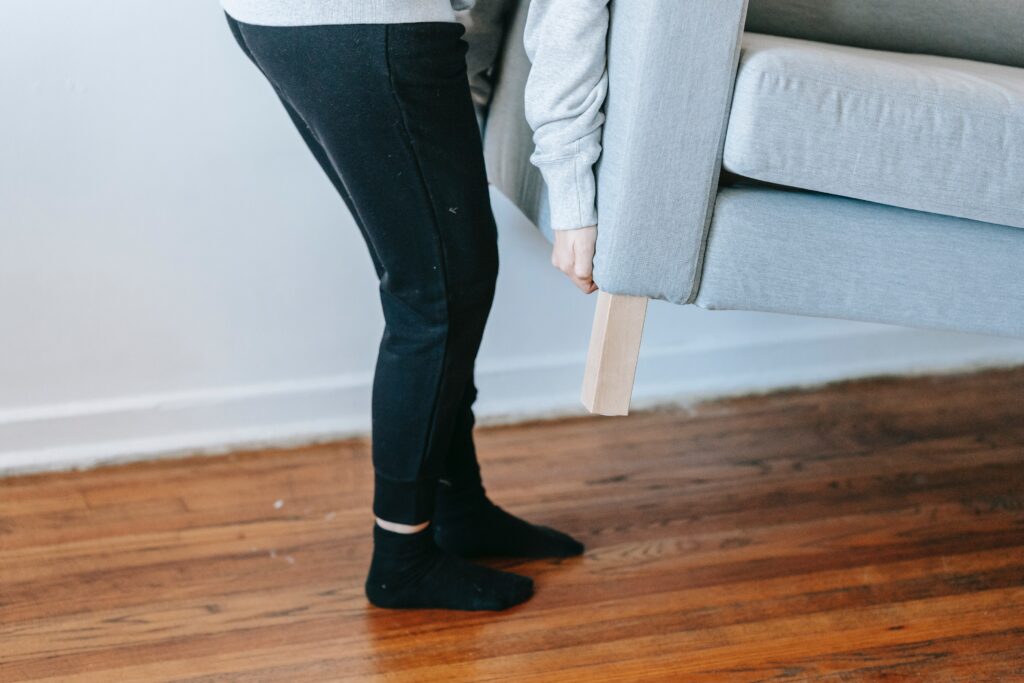When you were a kid, you might have drawn your dream home on a piece of paper, hoping that you would live in it with your loved ones someday. Now, that dream could already be a reality, as you finally have the financial resources to have your own home. If you’re buying a home that is already built, then you don’t have to do much work. However, if you plan to build it from scratch, like in your drawing when you were a kid, then it is important to have a home building checklist for the things you need before, during, and after the construction of your home.
Having this checklist is important because it allows you to estimate current market trends such as cement bag price, calculate potential expenses to avoid going over budget, and create a realistic timeline for the completion of one of your biggest masterpieces. Continue reading to learn more.
Pre-construction
- Budget
You can either have all the things you want for your home and identify your budget from there or set a specific budget and work with what you can have with that amount. Is your money enough to build your own home? Or would you need additional funding from banks? Much of what you need will be covered in this article, so we can help you with what you need. Once you have a list, you can do more research for prices. Just remember to have an allowance in case of changes, an increase in the cost of materials, and unexpected events. - Timeline
We know that you’re excited to live in your own home, but the time it will take to complete will depend on its size and the features you want it to have. You can talk to a contractor about your timeline. You also need to factor in the timing of your construction. For example, during the rainy season, there may be days when construction needs to be paused because of the weather. - Location
Do you want to build your home on an existing property that you already have, or will you still scout a location for it? If you’re still looking for a location, you need to factor in the cost of land, proximity to establishments like schools and hospitals, and the neighborhood. - Permits
You must ensure that you comply with local and national laws, and it starts with having the necessary building permits for your home. If a structure already stands in the location of your future home, you need a demolition permit first.
Construction Stage

- Team members
To start the construction stage, you will need the help of professionals. The team includes an architect you design your home, a general contractor to oversee the construction of your home and a designer or decorator for your home’s interior. You may also opt to have dedicated electricians and plumbers work for your home. - Design
For the design, you may need the help of professionals, but some of the basic questions you need to answer in this regard are the following: How many floors will it have? How many rooms do you want it to have? How many toilets and bathrooms? Do you need a bigger kitchen, or do you prefer to have a more spacious living room? How about a garage? With these questions answered, you can create a rough layout of your home, which you can have a designer improve. - Theme or Style
Thinking of the overall design that you want to have for your home is important because a lot of the construction materials will depend on it. Do you want a Mediterranean look for your home or a more contemporary one? If you still don’t have a design in mind, you can check magazines or lifestyle websites for inspiration. - Materials
Work with your contractor to identify the materials you need for your home. Of course, they must be reliable. Otherwise, you may encounter problems later. One of the most important materials for your home is cement, as it will probably compose around 75% of your home. Be sure to go with a cement brand known for durability, like Union Cement.
Union Cement utilizes the most modern equipment used by the world’s leading cement manufacturers to produce cement products with high workability, early compressive strength, and consistency that exceed both Philippine and international standards. It is a product of Philcement, part of the PHINMA’s Construction Materials Group (CMG). You can also source your other materials from Phinma CMG as it is a one-stop-shop company, from foundation to roofing supplies. They offer different payment options for different budgets, and they can bundle roofing and solar products and services.
Post-Construction

- Final Inspection and Touch-Ups
Once the contractor turns over your new home, do a final inspection to make sure that everything is in place—plumbing, electrical, etc. It is normal to have a few minor touchups necessary, like paint correction. - Appliances, Furniture, and Accessories
Appliances, furniture, and accessories will complete the overall appeal of your home, so don’t forget about them. Since you already have a theme, you just need to find the right items that will fit your theme. You may prepare these items before the construction of your home, but because of possible changes, you can also buy them after.
A checklist sets the direction of your construction project, so it is crucial to have it before starting the construction. Aside from being your guide, a checklist may actually save you time and money. For example, by having a complete list of all the materials you need and buying them from a one-stop shop like PHINMA CMG, you don’t have to go around various suppliers, saving you time and energy. For roofing and roof accessories, check Union Galvasteel Corporation. For added saving and innovative addition to your home, check Union Solar.
For cement needs, contact us for inquiries on bulk cement prices in the Philippines or cement bag prices in the Philippines by calling (02) 8870 0100 or 0917 189 9791 or by visiting the Contact Us page.
Once all items on this checklist have been marked as complete, there is nothing else left to do but move into your dream home.


Latest Posts